A methane-producing bacterium may have driven the vast majority of life on Earth into mass extinction during the Permian period.
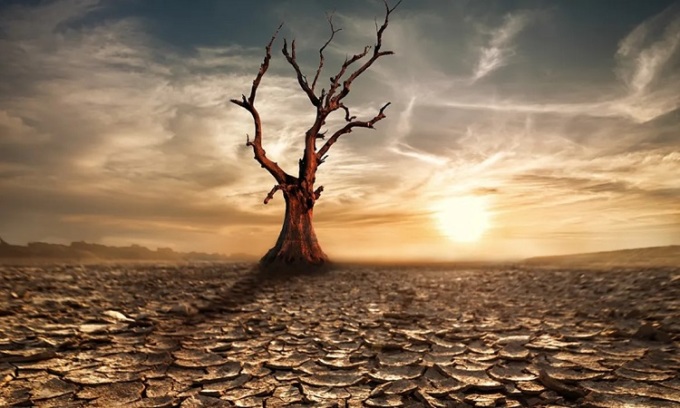
Methanosarcina bacteria thrived during the Permian period and released methane into the atmosphere. Photo: Perfect Lazybones
Earth has experienced five major extinctions. Among them, the Permian extinction event, known as the “Great Dying,” wiped out about 70% of land species and 96% of marine life on Earth. The 10 million-year gap in the age of the coal created around this extinction suggests that a large amount of the coal-forming plants went extinct during the event and took millions of years to recover, according to IFL Science .
But finding the time period when species numbers plummeted in the fossil record is only the easy part. Scientists have proposed a number of theories to explain what caused the mass extinction, from the release of methane gas from the ocean floor to an asteroid impact. By studying rocks from the extinction, researchers know that the oceans and shallow waters were oxygen-deprived at the end of the Permian. The lack of oxygen likely contributed to the extinction, with a ripple effect.
Sulfur-reducing microbes can carry out anaerobic respiration, using sulfur instead of oxygen, and are likely to thrive in low-oxygen environments. The hydrogen sulfide byproduct they produce could be released into the atmosphere, poisoning plants and destroying the ozone layer, exposing life to dangerous levels of ultraviolet radiation for about 250 million years, while also warming the Earth. Warming oceans could cause frozen methane to escape into the atmosphere, exacerbating the problem.
Another explanation for the mass extinction event was proposed by a team from the Massachusetts Institute of Technology (MIT) in 2014. Daniel Rothman, professor of geophysics at MIT, and his colleagues found that a single-celled bacterium called Methanosarcina could digest organic matter, producing methane through horizontal gene transfer from Clostridia bacteria.
According to their hypothesis, Methanosarcina flourished during this period, spewing methane into the atmosphere and disrupting the carbon cycle, ultimately triggering the extinction event. The chemical process involving the bacteria that produced methane was tied to the metal nickel. The team looked at sediments in South China and found large amounts of nickel that could prove the hypothesis.
"Horizontal gene transfer led to biogeochemical changes, with large volcanoes acting as catalysts. The prevalence of Methanosarcina played a role in disrupting CO2 and O2 concentrations," the team concluded. "Biogeochemical disruptions were likely widespread. For example, methane oxidation, which increases sulfur levels, releases toxic hydrogen sulfide into the atmosphere, leading to extinctions on land."
While more evidence is needed to prove the hypothesis, the researchers stress that the finding demonstrates Earth’s sensitivity to the evolution of microbial life. The team cannot yet pinpoint exactly when Methanosarcina evolved to produce methane as a byproduct.
An Khang (According to IFL Science )
Source link



![[Photo] Readers line up to visit the photo exhibition and receive a special publication commemorating the 135th birthday of President Ho Chi Minh at Nhan Dan Newspaper](https://vphoto.vietnam.vn/thumb/1200x675/vietnam/resource/IMAGE/2025/5/17/85b3197fc6bd43e6a9ee4db15101005b)

![[Photo] More than 17,000 candidates participate in the 2025 SPT Competency Assessment Test of Hanoi National University of Education](https://vphoto.vietnam.vn/thumb/1200x675/vietnam/resource/IMAGE/2025/5/17/e538d9a1636c407cbb211b314e6303fd)
![[Photo] Prime Minister Pham Minh Chinh chairs meeting on science and technology development](https://vphoto.vietnam.vn/thumb/1200x675/vietnam/resource/IMAGE/2025/5/17/ae80dd74c384439789b12013c738a045)




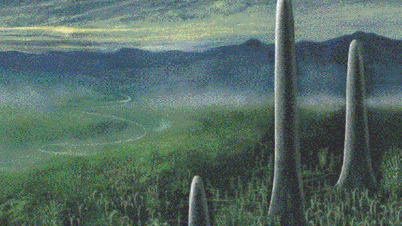
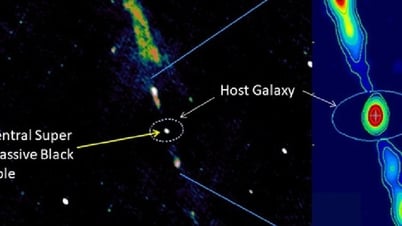




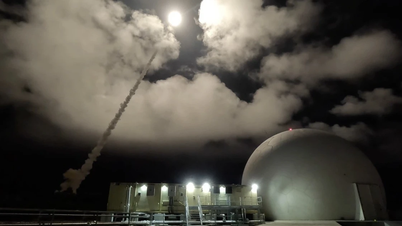
















![[Photo] Nearly 3,000 students moved by stories about soldiers](https://vphoto.vietnam.vn/thumb/1200x675/vietnam/resource/IMAGE/2025/5/17/21da57c8241e42438b423eaa37215e0e)




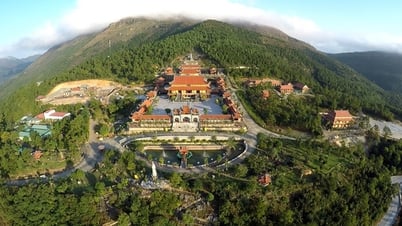



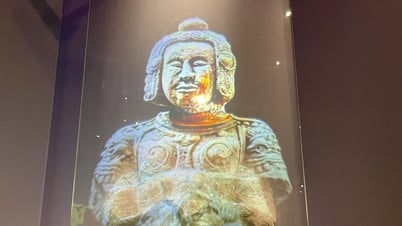
















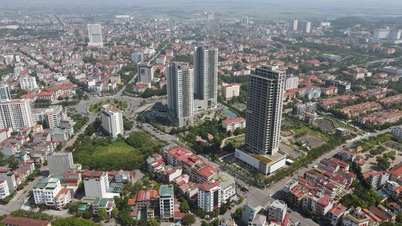
















































Comment (0)